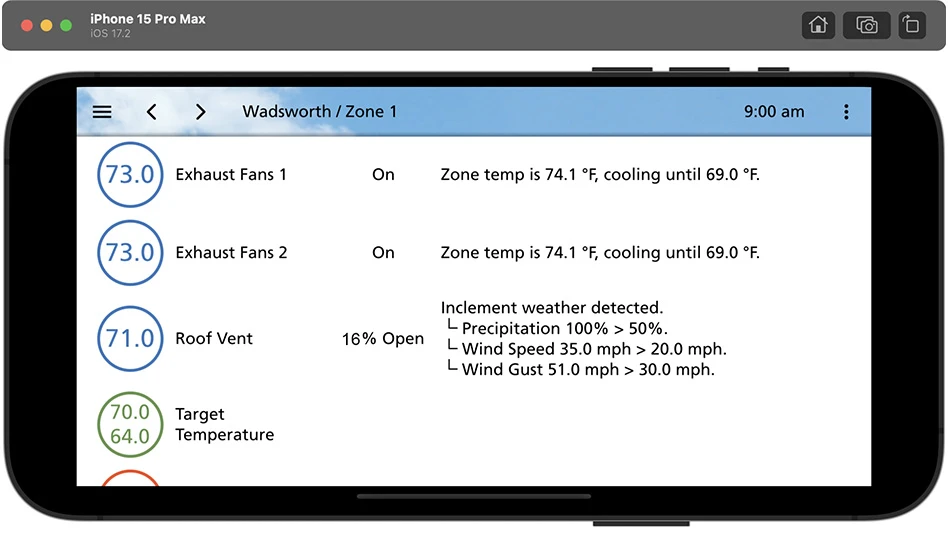Success in business can be measured in many different ways. The most prominent measures tend to be cash-flow related in that if there is money available at the end of an accounting cycle, company officials typically feel pretty good about what they’ve accomplished. However, the most prominent, progressive and profitable firms tend to be those in which company officials continually ask themselves these types of questions:
- How are we doing financially?
- How do we compare with others?
- Are we making progress fast enough?
- Are we using the best practices?
- Are we tracking the right measures?
Measuring business processes
Benchmarking should be the primary method used by companies to answer these questions and to measure/evaluate various aspects of production, marketing and customer service processes in relation to the best management practices in the industry. Benchmarking allows firms to develop plans on how to adopt best practices, usually with the goal of increasing some aspect of performance.

Reasons to benchmark
A 2003 PricewaterhouseCoopers Trendsetter Barometer survey found that companies that benchmark achieve 69 percent faster growth and 45 percent greater productivity than those that don’t. Benchmarking is a powerful management tool because it overcomes paradigm blindness. Paradigm blindness can be summed up as always thinking: The way we do it is the best because this is the way we’ve always done it.
Benchmarking opens firms up to thinking about new methods, ideas and tools to improve their effectiveness. It helps break down resistance to change by demonstrating methods of solving problems other than the one currently employed and demonstrating that these methods work because they are being used by other firms successfully.
There’s an old managerial adage that says “you can’t manage what you don’t measure”. But in this instant information age some companies and their managers may be experiencing an information overload.
My rule of thumb is: If you are not going to take action based on the results you find, then don’t measure it. In other words, don’t spend time and energy measuring something you aren’t willing to change in the first place. The key question to always ask is: Does the potential benefit to be gained from collecting, measuring and analyzing this information exceed the cost of obtaining it?
Measuring and motivating
The bottom line is that you get what you inspect. Major score keeping areas in a greenhouse business include:
- Financial measures, e.g. return on assets, sales volume and gross profit.
- Operational measures, e.g. production rates, quality and safety measures.
The key is to figure out which metrics (things to be measured) are important and use this information to educate employees about the correlation between these metrics and profit. When employees begin to see and understand this correlation, it is amazing how intrinsically motivating this becomes for them because they can now understand how their jobs affect their company’s profitability and ultimately how it affects their own paycheck. This is true provided the proper incentives are in place that tie pay to performance.
Simply the best
Benchmarking also helps define the best-in-class companies that continually perform above industry averages despite an industry’s economic conditions. What makes a company best-in-class is that it operates much like a decathlete. Top ranking athletes who compete in decathlons excel across a broad set of events. The winners accumulate the most points among all events. They may win some events, but usually not all of them. They know their own strengths and weaknesses and focus their training in the “must-win” events. They spend the remainder of their training time being at least minimally competitive in the other events.
This is also the case with companies considered to be the best in an industry. Best-in-class companies excel across a broad set of processes and they beat competitors in some areas but not all.
They are not best-in-class in all performance areas, but they are in those that match their strategies and priorities. They know their core competencies. They typically know their competitors. They spend most of their resources in areas they know they must win and are minimally competitive in other not-so-important areas. Undoubtedly, the key is to figure out what processes are “key success factors” and which ones aren’t.
Types of benchmarking
Once the key success factors are identified, there are two major types of benchmarking procedures that managers can choose from.
Internal benchmarking, which involves benchmarking within a company, compares your own company’s performance against a previous time period (i.e., previous quarter, same quarter last year, etc.). This is often referred to as time-series benchmarking.
Competitive benchmarking, which examines benchmarking performance or processes with those of competitors, compares your company’s performance against similarly-sized firms in the industry. This is often referred to as cross-sectional benchmarking because you are comparing your company against a “cross-section” of the industry.
Unlike other manufacturing industries, there are not a lot of cross-sectional benchmark data available for horticultural companies, and even fewer specifically pertaining to greenhouse businesses.
The best way to glean benchmarking information regarding greenhouse operational measures is by scanning trade journals, university research reports, attending educational conferences and trade shows, doing on-site visits to other greenhouse operations (via tours and personal visits) and talking with other greenhouse managers outside your production region, who are usually more willing to share information. Measuring company-level productivity over time will indicate corrective actions to address inefficiencies in production, marketing and customer service practices.
Benchmarking metrics
Growers should glean as much information as they can from the sources aforementioned in developing their own benchmarking system. Table 1 offers some suggestions as to the metrics growers should consider in establishing such a system. While the table may seem initially daunting, I advise growers to choose one or two benchmark metrics each year to incorporate into their systems.
What gets measured gets managed. Concentrate on measuring the right things, then on measuring them efficiently. Focus only on the areas of greatest concern in your business. Measuring anything that does not directly affect profitability, performance or safety only adds burden and takes away from those measures that are truly important.
Charlie Hall is professor and Ellison Chair in International Floriculture, Texas A&M University, Department of Horticultural Sciences, charliehall@tamu.edu. Paul Thomas is professor and extension specialist, University of Georgia, Department of Horticulture, pathomas@uga.edu.

Explore the January 2010 Issue
Check out more from this issue and find your next story to read.
Latest from Greenhouse Management
- Star Roses and Plants introduces Martha Stewart Rose
- Hoffman Nursery announces David Hoffman as CEO, Craig Reynolds as COO
- Plantpeddler releases Poinsettia Variety Day 2024 results
- Sarisa insecticide now registered for drench applications and many common greenhouse vegetable crops
- Ball FloraPlant launches redesigned website
- Costa Farms wins Top 10 Marketing Team at 2024 OnCon Icon Awards
- Thank you(!)
- Construction begins at Dramm’s Fish Fertilizer Facility in Wisconsin





